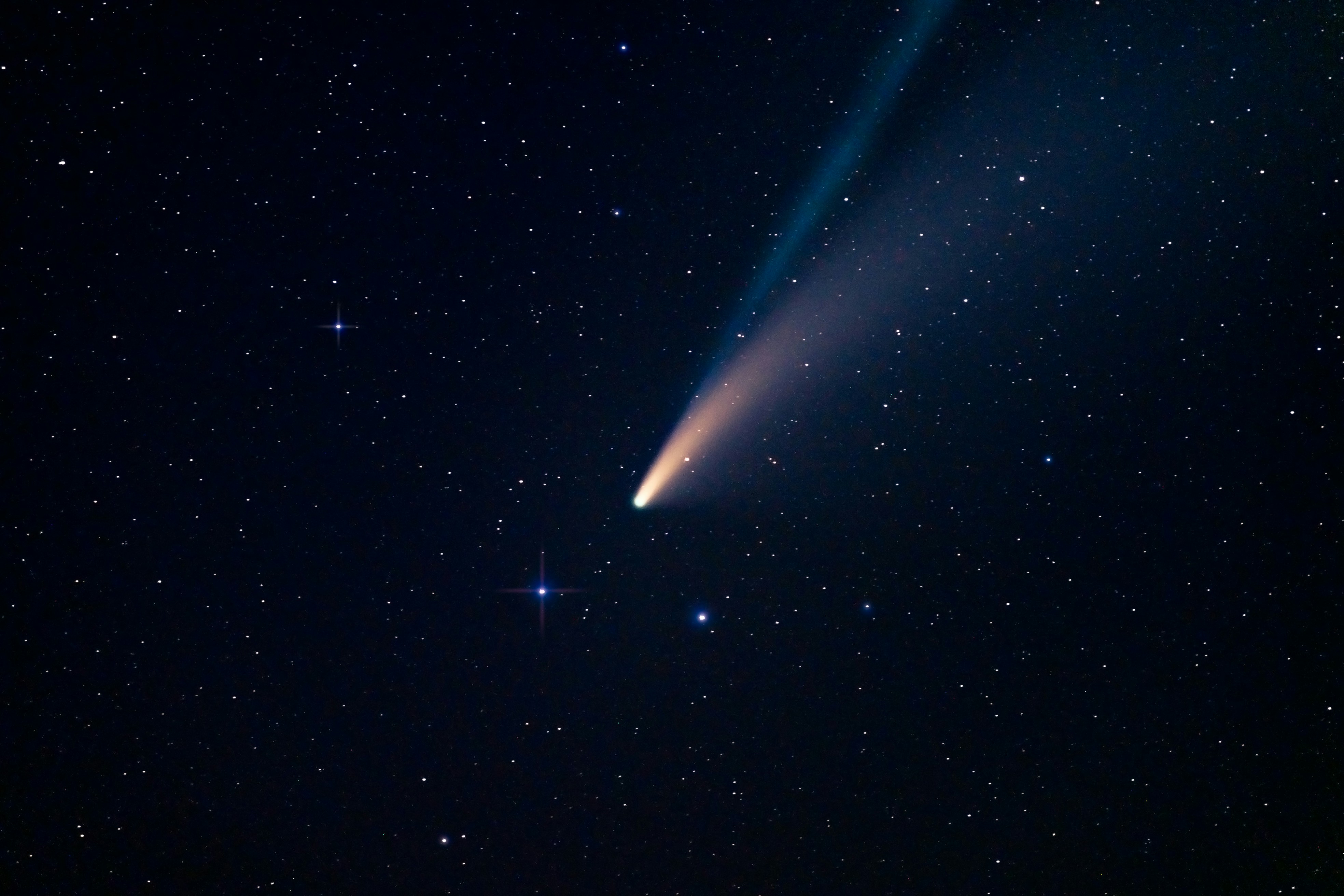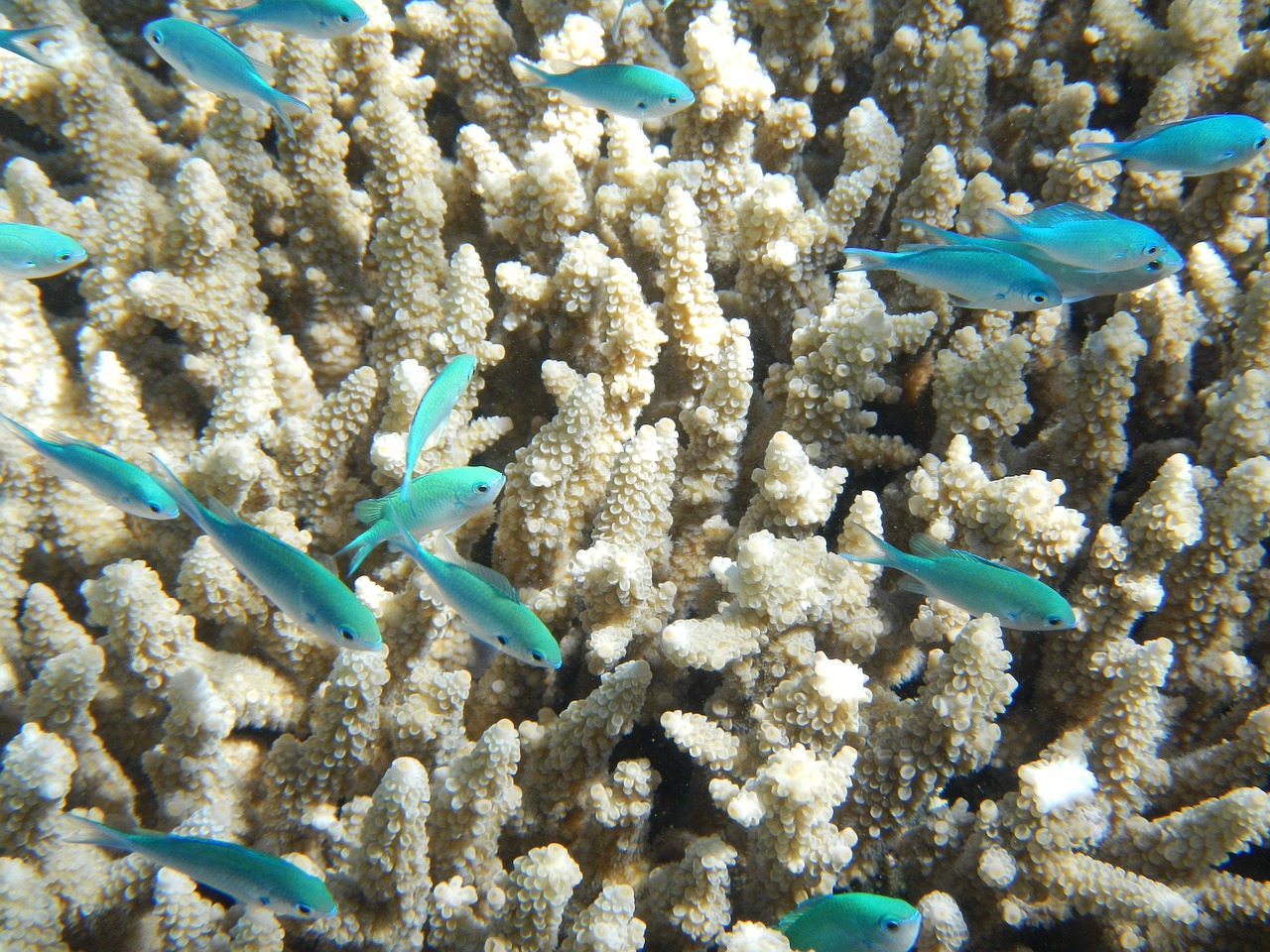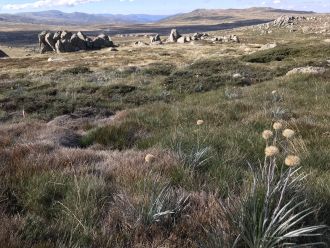-
Genetic engineering could weed out the bad things in crops
Trends in Plant Science
Danish researchers say bioengineering crops to be colourful and have differently shaped leaves could make it easier to distinguish them from weeds, making them easier to cultivate. In an opinion piece, they say introducing pigments that are already Read more about Genetic engineering could weed out the bad things in crops
InternationalUniversity of Copenhagen, Denmark -
Warming tundra's impact on carbon emissions revealed
Nature
A study published today in Nature shows the intricate relationship between climate change and carbon release in Arctic and alpine tundra ecosystems. The study, which analysed 136 datasets across 28 tundra sites, including the Silver Plains Reserve Read more about Warming tundra's impact on carbon emissions revealed
Australia; International; TASUniversity of Tasmania -
Genetic drivers of autism could be stronger for men
JAMA Psychiatry
The degree to which genetics influence autism could be different for males and females, according to international researchers. The team analysed data from a study including over one million Swedish children, of which 12,226 received a diagnosis of Read more about Genetic drivers of autism could be stronger for men
InternationalKarolinska Institutet, Sweden -
Laser and light hair removal effectively treats excess hair growth from polycystic ovary syndrome
JAMA Dermatology
Laser and light-based therapies are effective in reducing the severity of excess hair growth in women with polycystic ovary syndrome (PCOS), according to an Australian analysis of research. The team pooled together the results of six studies and Read more about Laser and light hair removal effectively treats excess hair growth from polycystic ovary syndrome
Australia; VICMonash University -
EXPERT REACTION: Climate change is set to drop the world's income by 19% and Australia will feel the pinch
Nature
Climate change is projected to reduce the income of the global economy by 19% by 2049, according to international scientists and Australia will be among the countries feeling the pinch. These economic damages are six times the costs of limiting Read more about EXPERT REACTION: Climate change is set to drop the world's income by 19% and Australia will feel the pinch
Australia; InternationalPotsdam Institute for Climate Impact Research, Germany -
Instinct for 'fight or flight' may be much older than we thought
Nature
Our instinctive 'fight or flight' response to danger was thought to have evolved along with the sympathetic nervous system in backboned animals with a jaw, but US and Czech scientists say its origins may be much older than that. The sympathetic Read more about Instinct for 'fight or flight' may be much older than we thought
InternationalCalifornia Institute of Technology, USA, Goethe-Universität, Germany -
Injuries landing many Aussie kids and teens in hospital
This media release contains information some readers may find distressing as it refers to data about self-harm. If you or anyone you know needs help, support is available now. Call Lifeline (Aus) on 131 114 or Beyond Blue on 1300 22 4636, or Read more about Injuries landing many Aussie kids and teens in hospital
AustraliaAustralian Institute of Health and Welfare (AIHW) -
Breaking the chains: dismantling the illegal parrot trade
DNA databases are often used by police to place criminals at the scene of a crime, but scientists from The Australian National University (ANU) in collaboration with King’s Forensics in the UK are using cutting edge, low-cost genomic sequencing Read more about Breaking the chains: dismantling the illegal parrot trade
Australia; Pacific; International; ACTThe Australian National University -
EXPERT REACTION: Worst summer on record for the Great Barrier Reef
The Reef Snapshot: Summer 2023-24 has been released today, and it highlights some of the effects of the climate driven impacts across the Great Barrier Reef. The report notes widespread coral bleaching, two cyclones and several severe flood events. Read more about EXPERT REACTION: Worst summer on record for the Great Barrier Reef
Australia; NSW; QLD; WA; TAS; ACTAustralian Science Media Centre|Great Barrier Reef Marine Park Authority (GBRMPA)... -
Increased monitoring capacity of deadly prion diseases
A state-of-the-art service based at The Florey is increasing its capacity to protect the public from the fatal brain condition Creutzfeldt-Jakob disease (CJD). The rare neurodegenerative illness, caused by misfolded proteins called prions in the Read more about Increased monitoring capacity of deadly prion diseases
Australia; VICFlorey Institute of Neuroscience and Mental Health










































